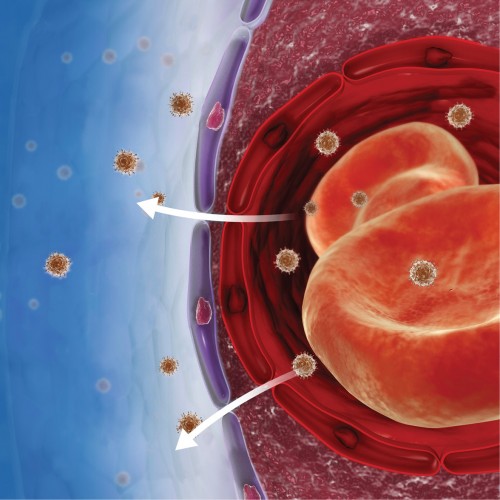
Kidney failure is an important cause of permanent disability in the United States. It can be the result of long-term chronic illnesses like high blood pressure and Type 2 diabetes. When the kidneys do not function, waste can build up to fatal levels in the body.
Dr. Thomas Golper, professor of medicine in nephrology and hypertension, is leading an effort to form a research consortium with a goal of improving care for kidney-failure patients who receive a form of home dialysis. Experts gathered at Vanderbilt in June at Golper’s invitation and voted to form the North American Research Consortium in Peritoneal Dialysis.
In peritoneal dialysis, patients place a sterile solution of electrolytes into the abdomen to pull waste from tissues via osmosis. The fluid is then drained through a permanent catheter. Patients can choose to perform these fluid exchanges several times a day or use a pump for overnight exchanges four to seven times a week.
“Vanderbilt is a leader in this very cost-effective form of treatment with about triple the national rate of peritoneal dialysis among our kidney-failure patients,” Golper says. “But in today’s changing health care climate, it is critical to look at ways to increase the safety and use of peritoneal dialysis.”
Nationally, 8 percent of patients use this home dialysis technique, while at Vanderbilt the rate is about 25 percent to 30 percent. Golper says while peritoneal dialysis is not for everyone, an increase in its use could result in tremendous health care savings.
“We have studied the cost savings of at-home dialysis, including peritoneal dialysis, and it would save millions every year,” Golper says. “This could reduce the stress on federal health care dollars spent every year to care for disabled Americans.”
While peritoneal dialysis is considered just as effective a treatment for kidney failure as hemodialysis, there are still risks. The major risk is an infection of the lining of the abdomen, called peritonitis.
Research could help find solutions for peritonitis and identify other substances that could be used as effective dialysate. Currently, a sugar mixture is used to draw waste products from tissues, but sugar-based fluid can make diabetes control more complicated.
“This new consortium will make it possible for centers like Vanderbilt to join with other centers in the U.S. and Canada to perform high-quality research to finally answer some of these questions about peritoneal dialysis,” says Golper.